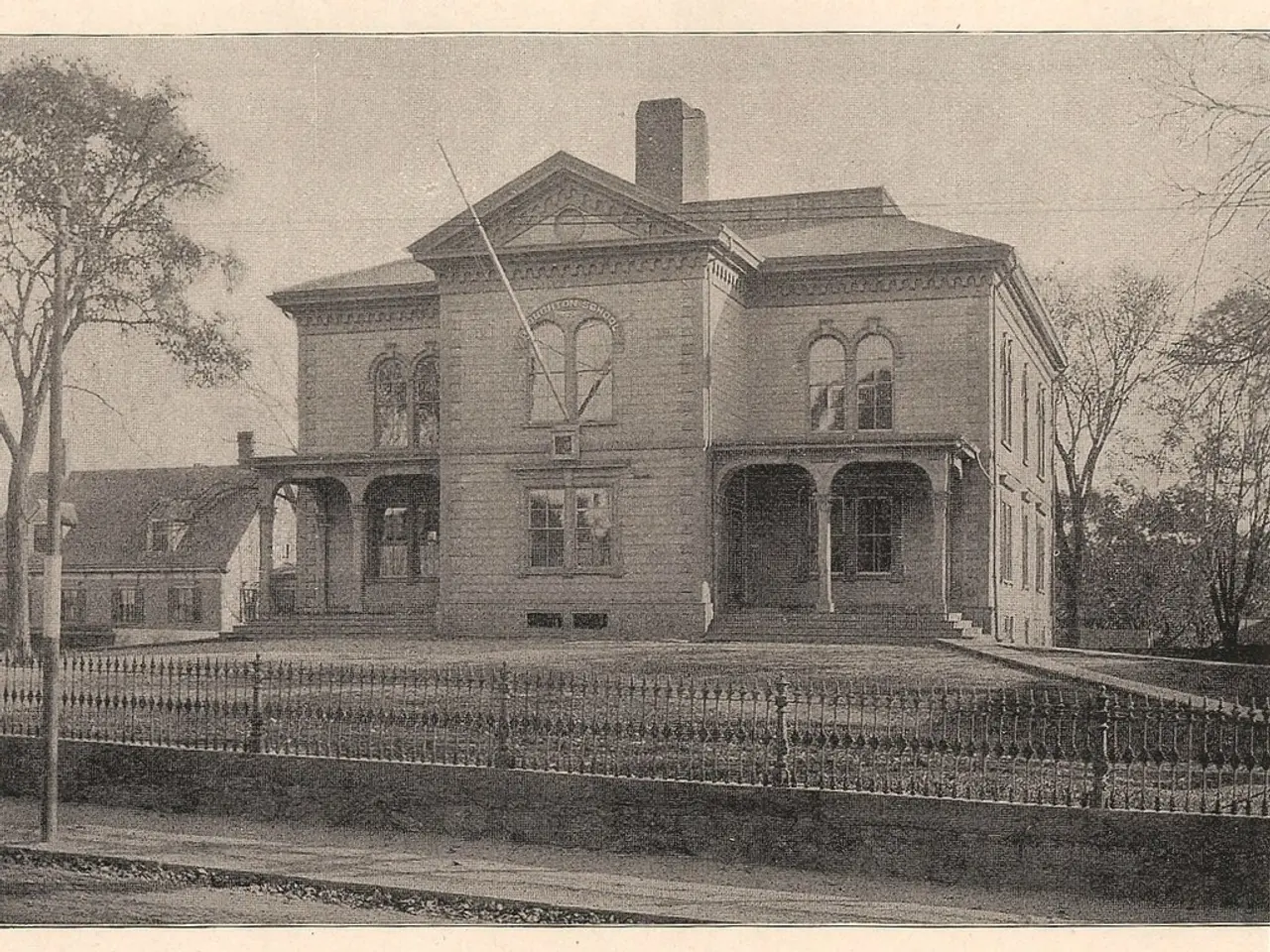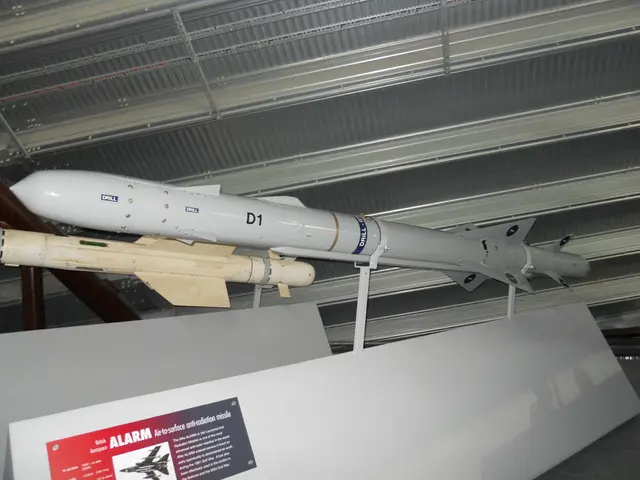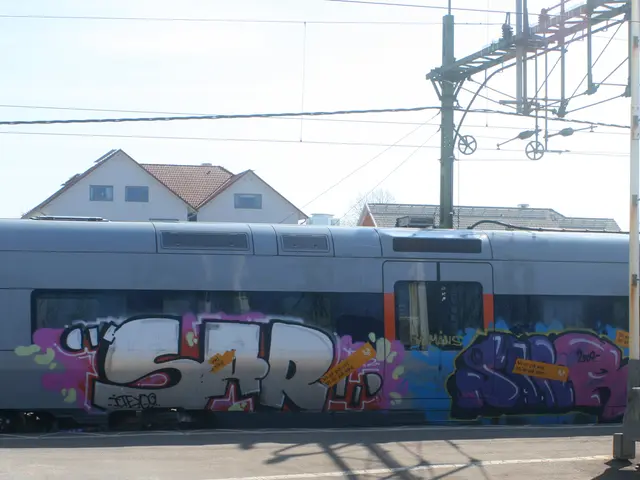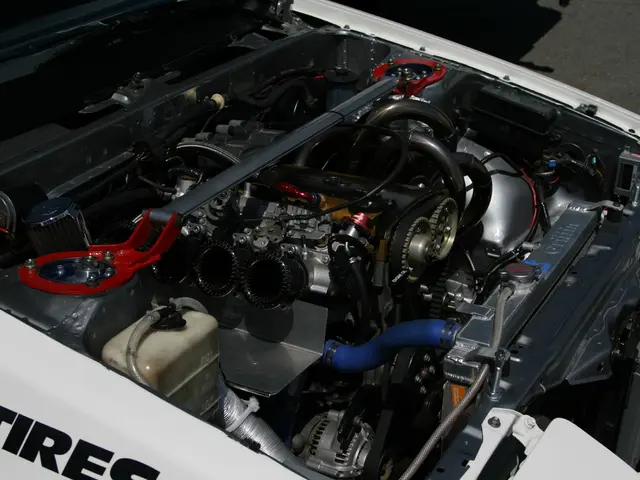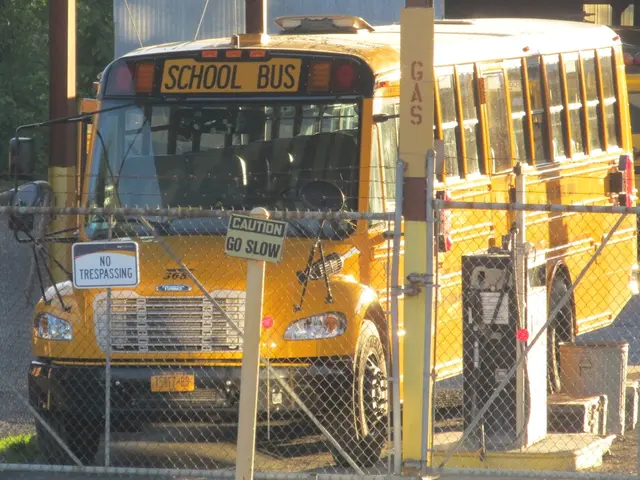Virtual fencing tech company NoFence eyes US and European expansion after a successful $35 million Series B funding round
NoFence, a Norwegian startup specializing in virtual fencing for livestock management, has recently secured over $35 million in a Series B funding round. The European Circular Bioeconomy Fund led the round, with participation from Capagro, Nysnø Climate Investments, Climate Innovation Capital, Speedinvest, Sandwater, Momentum, and Ferd.
Founded in 2011, NoFence has developed a unique solution to make rotational grazing more accessible for farmers. Traditionally, implementing rotational grazing requires additional fencing infrastructure or labor, which can be costly and time-consuming. NoFence eliminates these barriers by using existing cellular networks to enable the collars to communicate with a mobile app.
The company's solar-powered, GPS-enabled collars are designed for herd animals such as goats and sheep. If an animal crosses a boundary set within the app, the collar plays an audio warning. If the animal does not turn around after the warning, the collar issues a mild electric pulse. This innovative approach allows farmers to monitor their animals' movements via a smartphone, making it easier to manage their herds and implement practical rotational grazing.
NoFence's recent development allows only one collar to have a connection, which it can then send out to all other collars in the herd. This feature reduces the need for multiple connections, making the system more efficient and cost-effective.
Implementing rotational grazing has numerous benefits for both farmers and the environment. It can lead to lower input costs and the potential for additional sources of income, such as carbon credits. Rotational grazing also has ecological benefits, such as better soil, more water retention, decreased erosion, and faster-growing grasses.
NoFence aims to bring investors along on the journey of developing virtual fencing technology. The funding from the Series B round will be used to bring better products to market faster in key European countries and the US, where the company plans to expand its virtual fencing technology for livestock management.
As a relatively new product category, virtual fencing is considered to be in its infancy, with significant growth potential in both hardware and software capabilities. NoFence will continue to develop and improve its products on both sides to meet the needs of small- and medium-sized farms.
In 2025, NoFence expects to be present in key European countries and the US, focusing on expanding its virtual fencing technology for livestock management in these markets. With the recent funding round and the continued development of its products, NoFence is well-positioned to lead the way in virtual fencing technology for the livestock industry.
Read also:
- Week 39/24 Highlights: Tesla CEO's visit, Robo-taxi buzz, Full Self-Driving study, Affordable electric cars, and European pricing less than €30,000
- Solar energy company, Imperium, alongside QORAY Mobility & Energies Solar Business, bolsters Nigeria's environmental future by producing superior solar panels domestically and offering flexible payment options.
- AI Inspection Company, Zeitview, Secures $60 Million Funding for Expansion
- Future of Payments: If the U.S. regulates stablecoins through the GENIUS Act, according to Matt Hougan
